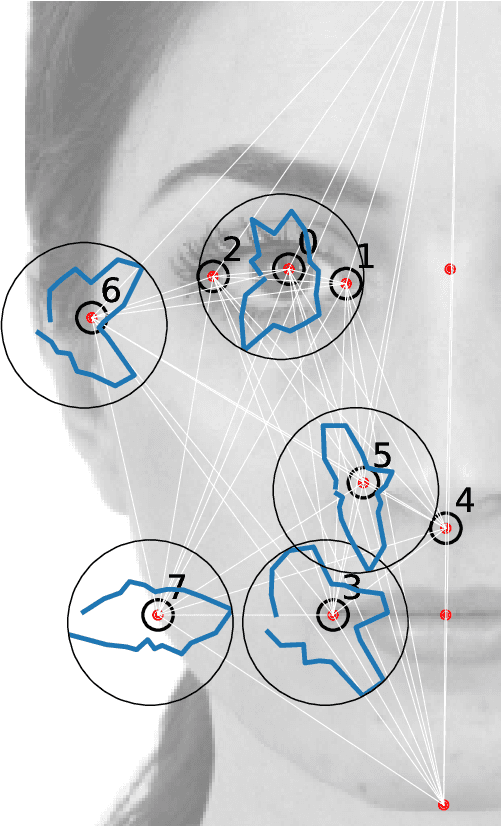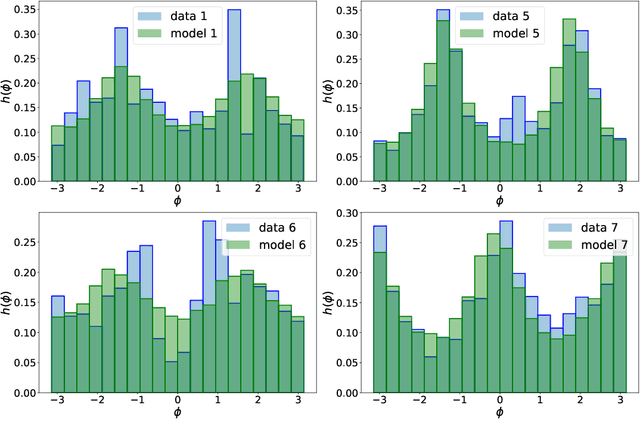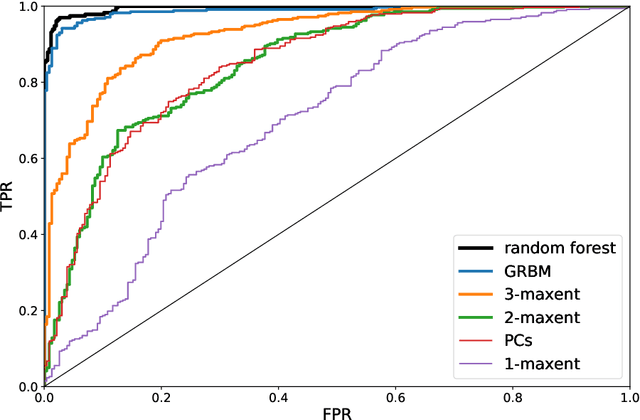Bernardo Monechi
Corrigendum and addendum to: How Populist are Parties? Measuring Degrees of Populism in Party Manifestos Using Supervised Machine Learning
Jan 22, 2022Abstract:This paper is a corrigendum and addendum to the previously published article: 'How Populist are Parties? Measuring Degrees of Populism in Party Manifestos Using Supervised Machine Learning' (Political Analysis, 1-17. doi:10.1017/pan.2021.29). These corrigendum and addendum were prepared to correct errors in data labelling and show some extra insights not included in the previously published paper. Here, we report these corrections and point to some additional conclusions by focusing on the effects of the label reshuffling per parties and years and presenting new figures wherever appropriate. We show that although the simplified labelling method proposed in the previously-published article can induce biases in the correlations with expert scores, random labelling reduces correlations significantly. We show that this is also true for correlations based on a manually-coded data set. These modifications are based on other evidence and results reported in detail in a future publication.
Unsupervised inference approach to facial attractiveness
Oct 30, 2019



Abstract:The perception of facial beauty is a complex phenomenon depending on many, detailed and global facial features influencing each other. In the machine learning community this problem is typically tackled as a problem of supervised inference. However, it has been conjectured that this approach does not capture the complexity of the phenomenon. A recent original experiment (Ib\'a\~nez-Berganza et al., Scientific Reports 9, 8364, 2019) allowed different human subjects to navigate the face-space and "sculpt" their preferred modification of a reference facial portrait. Here we present an unsupervised inference study of the set of sculpted facial vectors in that experiment. We first infer minimal, interpretable, and faithful probabilistic models (through Maximum Entropy and artificial neural networks) of the preferred facial variations, that capture the origin of the observed inter-subject diversity in the sculpted faces. The application of such generative models to the supervised classification of the gender of the sculpting subjects, reveals an astonishingly high prediction accuracy. This result suggests that much relevant information regarding the subjects may influence (and be elicited from) her/his facial preference criteria, in agreement with the multiple motive theory of attractiveness proposed in previous works.
 Add to Chrome
Add to Chrome Add to Firefox
Add to Firefox Add to Edge
Add to Edge